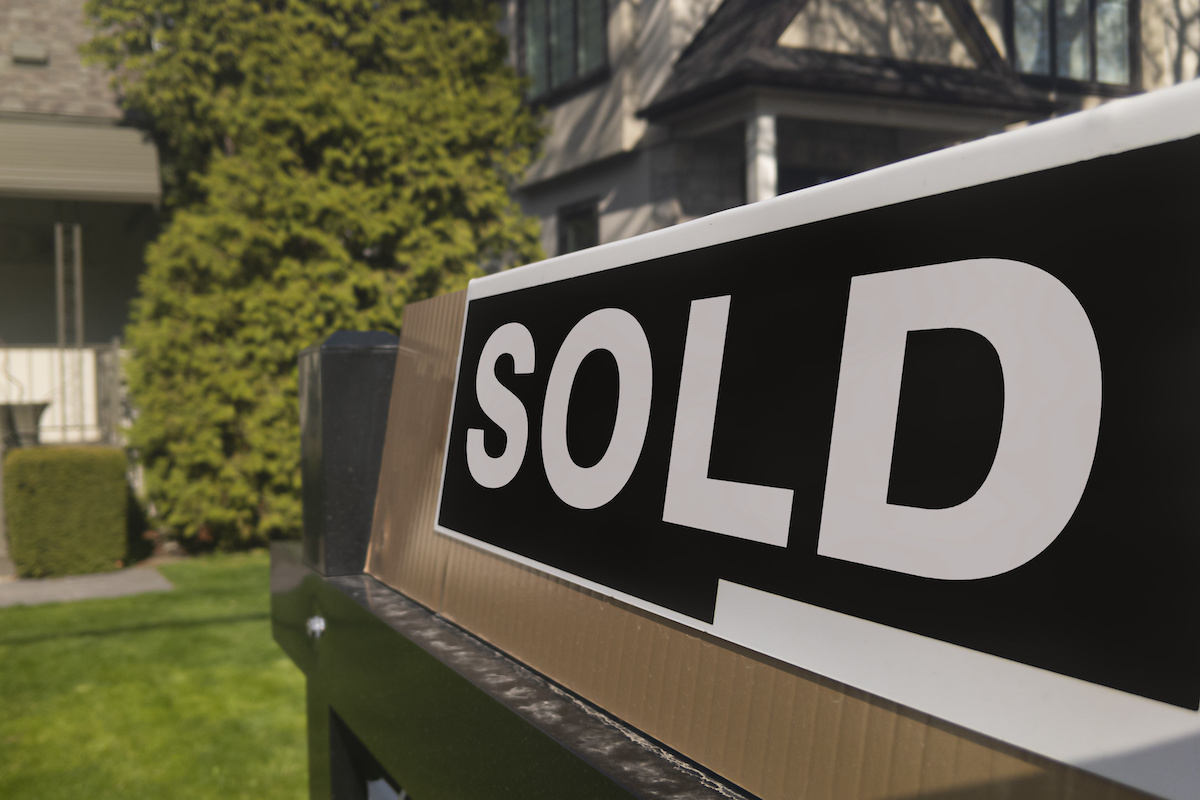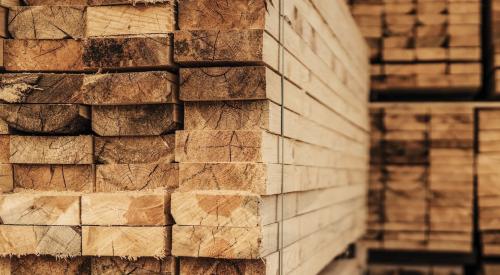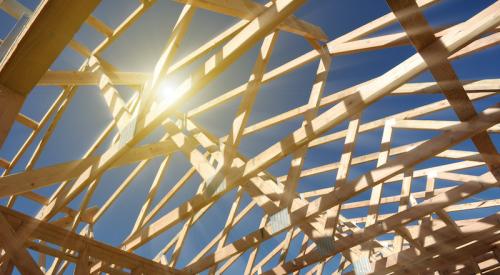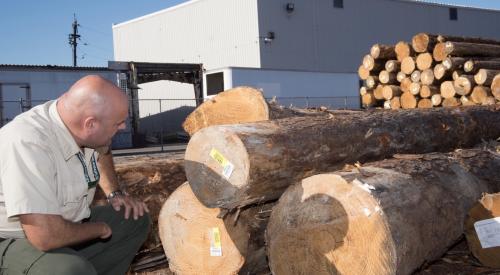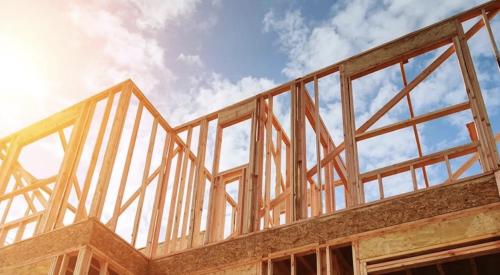While the housing market’s boom can be justified, there are a handful of trends resulting from low inventory and high demand that are not sustainable. Years and years of underbuilding, record low interest rates, and new buyer preferences resulting from the pandemic have positioned the market to fall flat in the face of unforeseeable demand. As a result, home prices are rising in excess of income growth, says Robert Dietz, chief economist for the National Association of Home Builders. This magnitude of price growth "is not sustainable" for the long term, he notes.
The best means of protecting housing affordability is to boost inventory by increasing new home construction. Although home building is moving at its fastest pace since 2006, inventory stands at a thin 3.6-month supply. Moreover, inventory and sales of new homes are increasingly coming from homes that have not yet started construction, with this count up 150% over the last year.
With the strong pace of single-family starts, building materials prices continue to rise on short supply. While not limited to lumber, lumber pricing is now up nearly 250% from a year ago, adding close to $36,000 to the average price of a new single-family home.
A recent NAHB survey revealed that as a result of higher material costs, almost half of builders are including price escalation clauses in contracts, 29% are pre-ordering lumber prior to need, and 19% are delaying some building activity.
